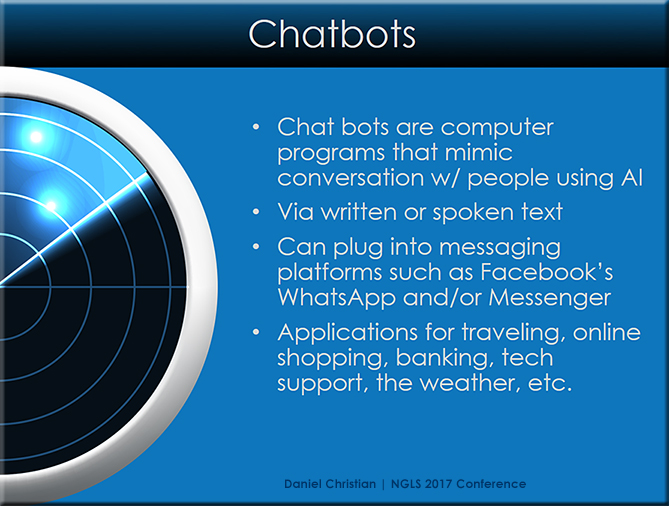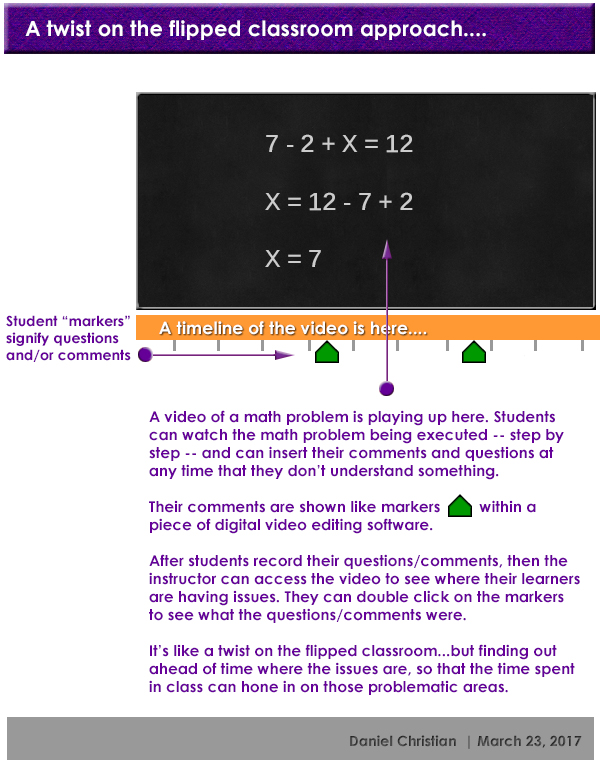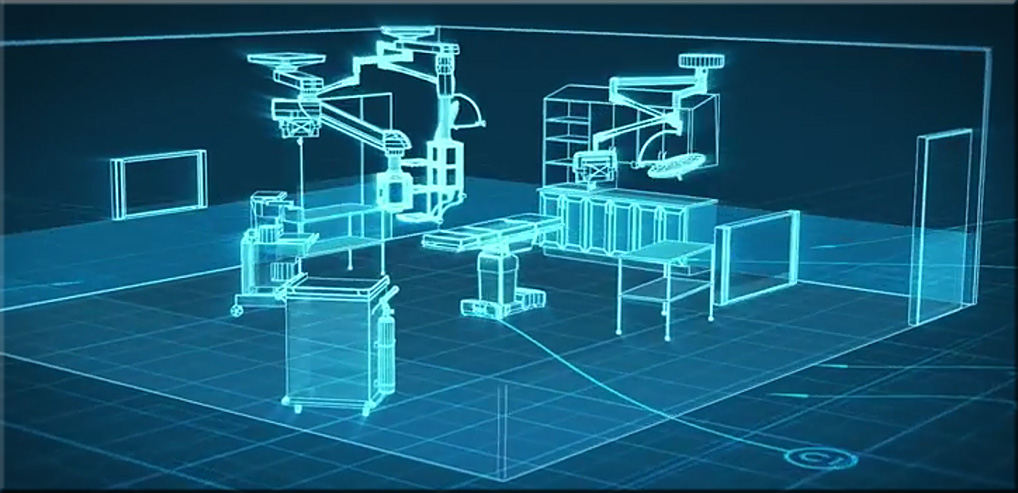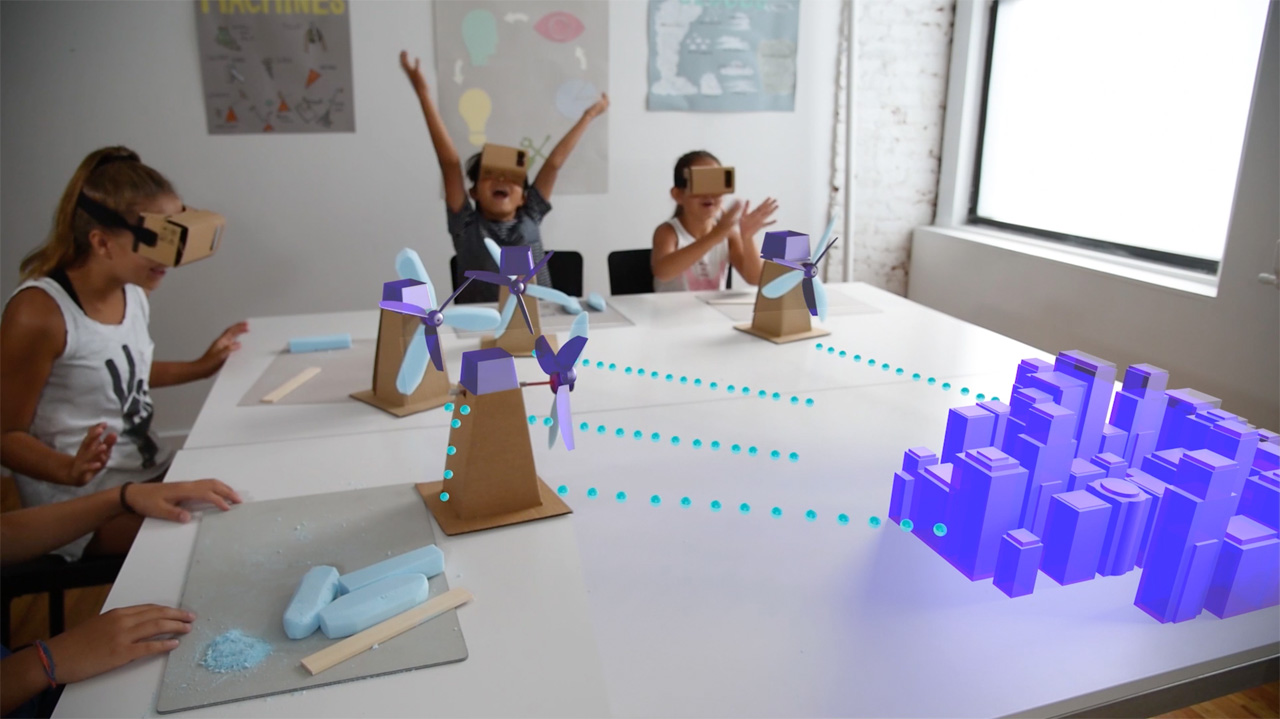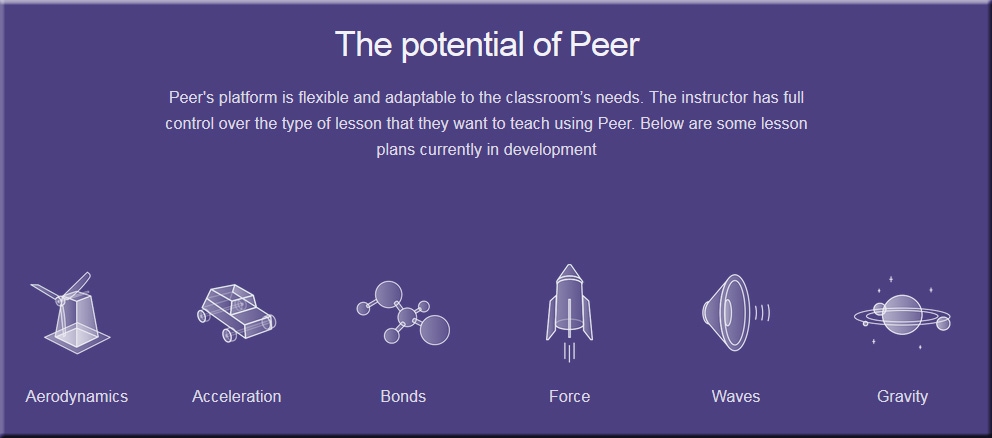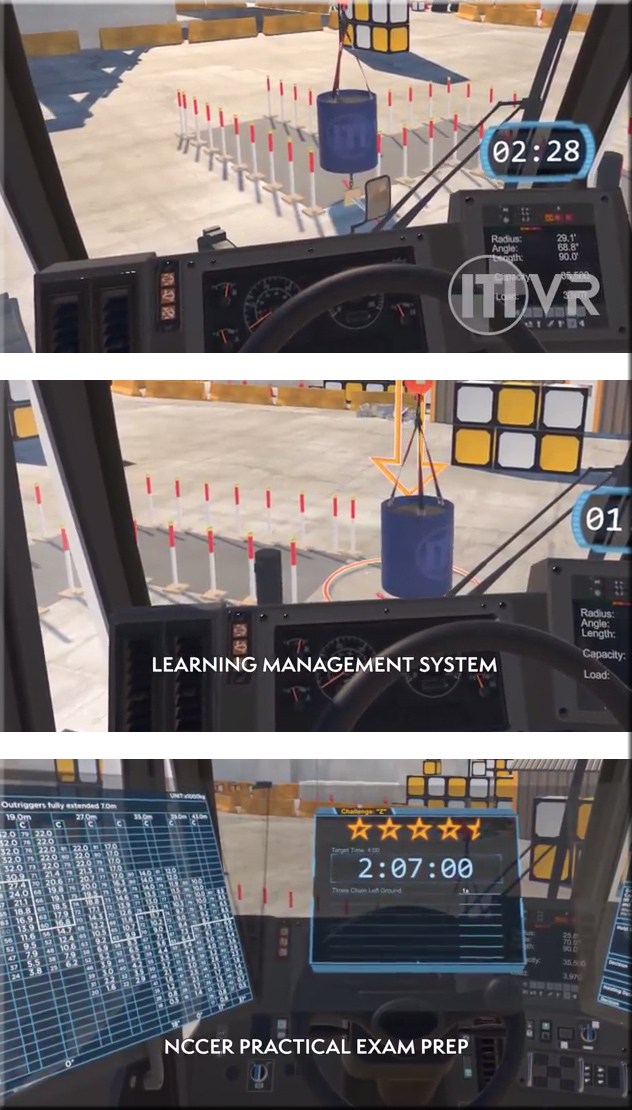Tech giants grapple with the ethical concerns raised by the AI boom — from technologyreview.com by Tom Simonite
As machines take over more decisions from humans, new questions about fairness, ethics, and morality arise.
Excerpt:
With great power comes great responsibility—and artificial-intelligence technology is getting much more powerful. Companies in the vanguard of developing and deploying machine learning and AI are now starting to talk openly about ethical challenges raised by their increasingly smart creations.
“We’re here at an inflection point for AI,” said Eric Horvitz, managing director of Microsoft Research, at MIT Technology Review’s EmTech conference this week. “We have an ethical imperative to harness AI to protect and preserve over time.”
Horvitz spoke alongside researchers from IBM and Google pondering similar issues. One shared concern was that recent advances are leading companies to put software in positions with very direct control over humans—for example in health care.










